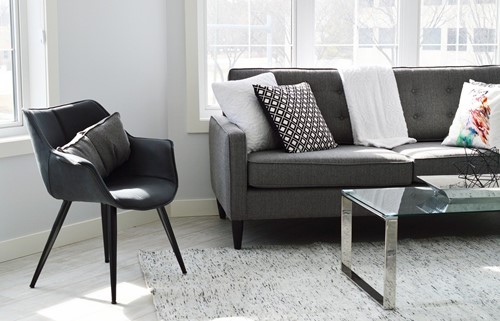Modern and Contemporary: The Differences and How to Choose Which Is Right for You

In everyday language, you might reasonably swap out the word modern for contemporary. In the design world, though, the two words represent two different styles. Here is a quick overview of the similarities and differences between "modern" and "contemporary" designs.
What Is Modern Design?
Modern design refers to an era that has already passed us by. When the mid-century rolled around, people challenged the traditional looks and build spaces that signified a bolder future ahead.
In the 1950s and 1960s, designers favored furniture with cleaner lines and earthy elements. For instance, a modern design might place a wooden coffee table in front of a sleek, low-backed, velvet couch or chaise lounge.
The word ‘modern’ can be a generalist term that has been used to refer to anything from the 1920s–1970s. Homeowners may need to clarify someone else’s definition before making any major assumptions.
What Is Contemporary Design?
Contemporary design is essentially the new modern and encompasses several styles introduced in the last half of the 20th century. It can favor daring state-of-the-art materials, such as metal furniture or glass accent pieces, but can also edge toward the subtler side. Colors are typically solid and pure, in tones of black, red or orange.
How to Decide Between Modern and Contemporary
Both forms of design are minimalist and clean. They give the space an open feel and encourage people to make themselves at home within it.
If you’re still at a loss, consider the following design basics:
- Colors: With modern design, you have more shades available to you. So if you wanted a rust-colored couch or an indigo chair, then modern is a better style for you.
- Lines: Contemporary design allows for more options in terms of curves. Modern lines are strictly straight, but you have some leeway with contemporary design to choose furniture with more dimension.
Blending the Two
The best part of modern and contemporary design is that they mesh well, meaning you may not have to choose at all. Mixing and matching can be part of an eclectic design style, or you can consider having a largely modern palate and then balancing it out with a few contemporary accent pieces.
About the Author

